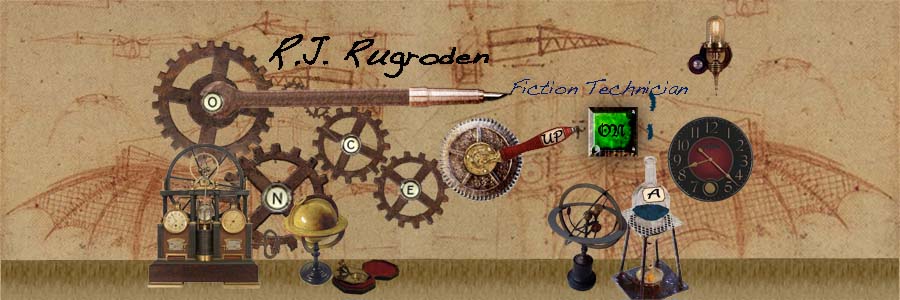Friday, May 29, 2009
Fireworks! Explosions! Tomatos!
Still working on that continuum of different kinds of metaphors. It's like pulling teeth to find time to work on it and I'm no dentist. But I'll figure it out.
MDA:
Compare an emotion with an element of nature, or vice versa. Classic metaphor formula.
Example:
Her cold pride needed some room to thaw out. It was like a tomato: best ripened in the dark.
Or
The waterfall angrily swept over the cliff.
Question on that last one: Do you consider it to be a metaphor or merely a description? Feel free to vote in the comments!
Tuesday, May 19, 2009
Different kinds of metaphors
Wednesday, May 13, 2009
Metaphor Basics
The Vehicle of a metaphor is the object you are comparing the tenure with.
Metaphor of the Day Assignment (MDA):
Use these tenures and vehicles to make a metaphor.
Tenure: Clouds
Vehicle: Bread Crumbs
Example: The clouds were like bread crumbs.
This is rather simplistic, as it does not explain why the clouds are like bread crumbs or what particular aspect of clouds resemble bread crumbs.
There is sometimes a third part to metaphors: the explanation (or the tie). This part comes after the tenure and vehicle and explains how the vehicle is like the tenure. This becomes more important with advanced forms of the metaphor but I’ll post that later.
Example: The clouds were like bread crumbs soaking up the last rays of gravy from the sun.
Like
The other day a friend of the family came up to me and said his daughter had told him I talk differently than other people.
“Oh, really?” I asked.
“Yes. She said you never,...um...use extra words,...like....you know.....like....” And then he smiled. “You don’t use the word ‘like’ except when it’s actually called for.”
I appreciated his daughters observations. Few people would recognize that.
It got me thinking about the word ‘like’ and how people misuse it. I had assumed before that people who use the word ‘like’ in an excessive way are ignorant of the finer points of English. But I soon realized, they are actually using one of the more powerful tools of the English language: the metaphor.
Next time someone uses ‘like’ in a sentence, stop and think what it means. If my friend says, “I, like, totally assumed there was going to be cake.” my friend is not saying, in the technical sense, that she actually assumed there was going to be cake. She’s saying her actions of thinking were very close to assuming there was going to be cake, but never quite made it there.
Sometimes when I come across a metaphor in literature or poetry, I wish I could ask the writer what they meant and connect the dots a little more for me. So next time someone says ‘like’ in a sentence, catch them off balance and ask “What do you mean? How is your thinking like assuming there would be cake and how is it not like?”
Note: This will drive you insane.
Since this is my first post, I won’t bother with the metaphor of the day assignment because I first want to explain what a metaphor is and how to use it. I also want to detail instructions for the MDA and am not sure what they will be yet.
